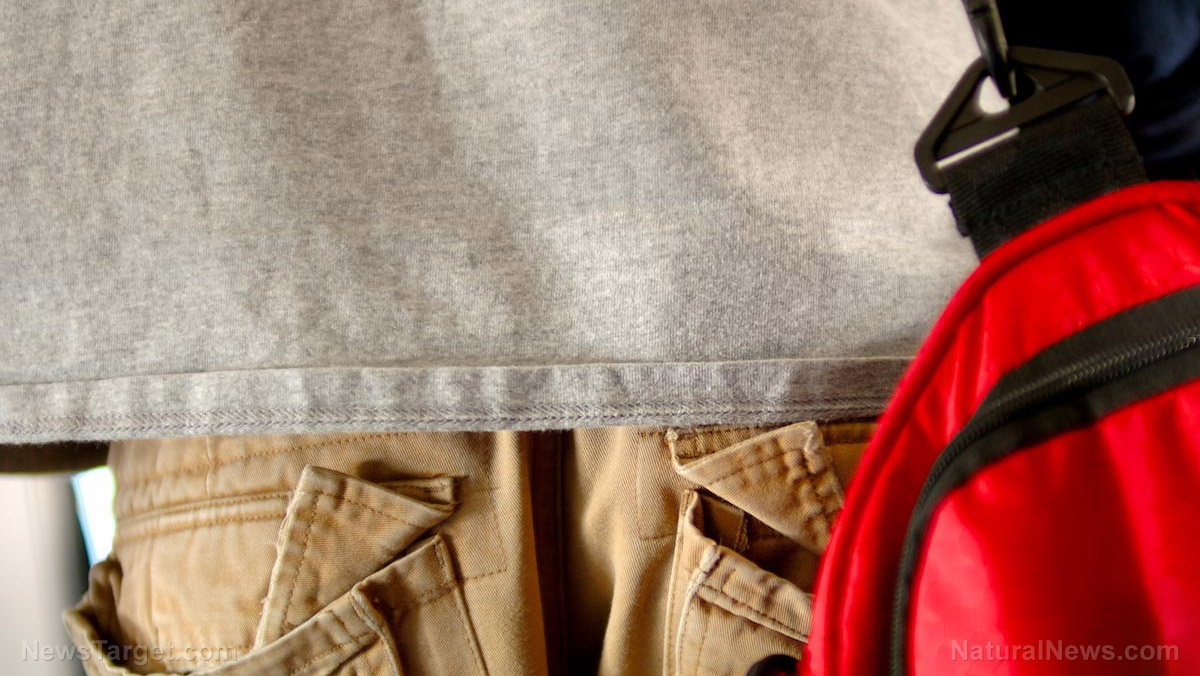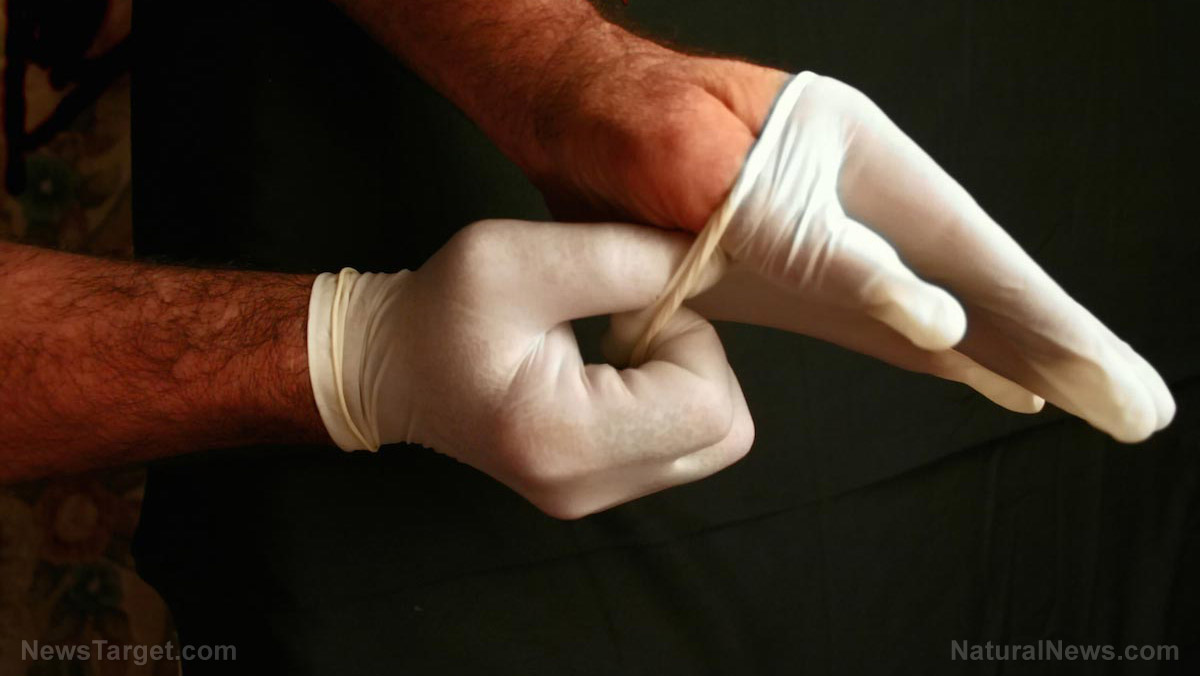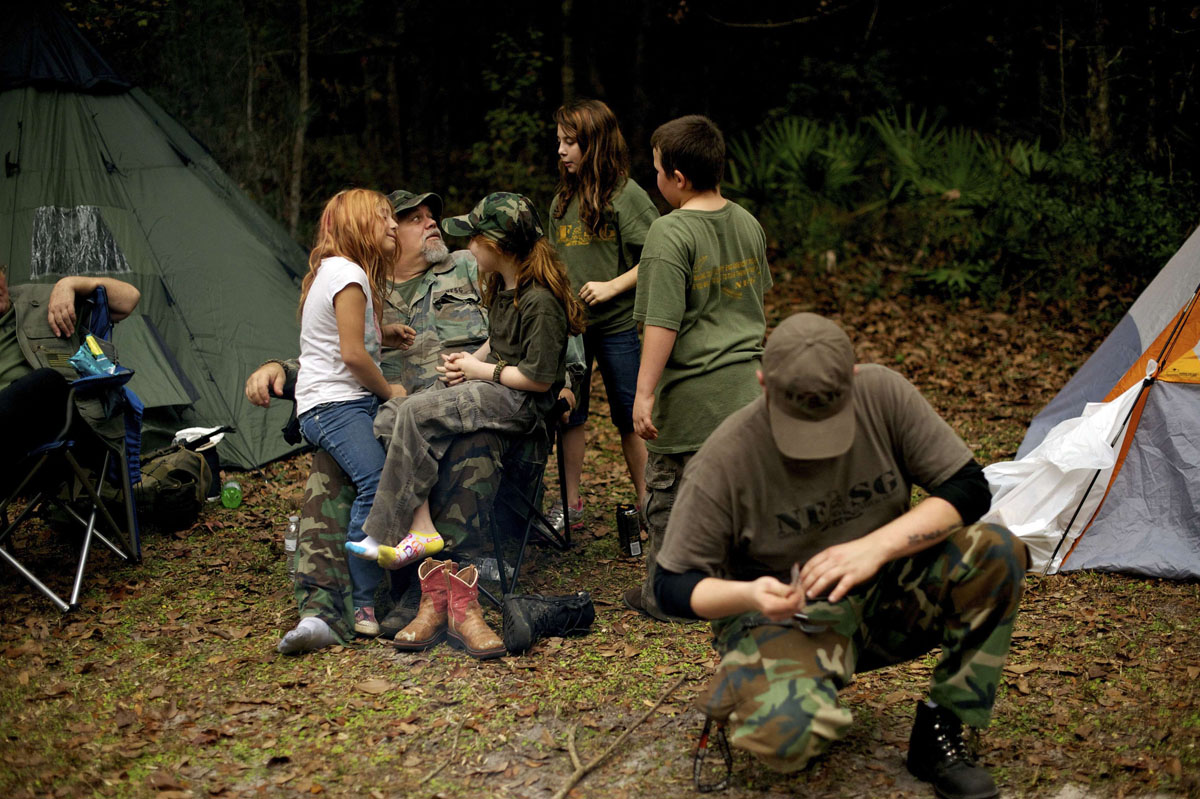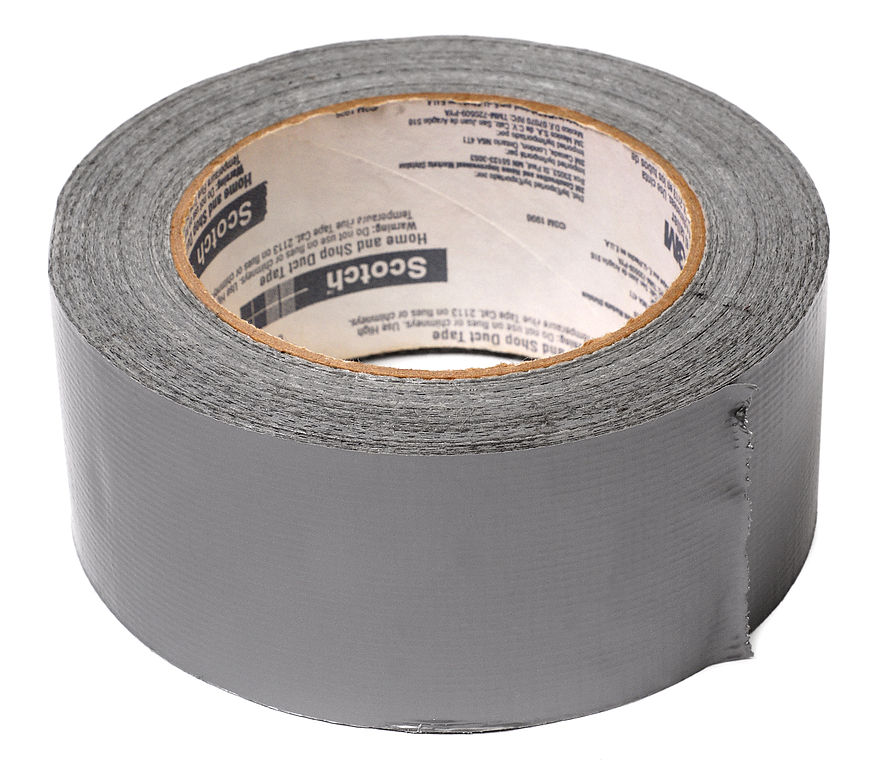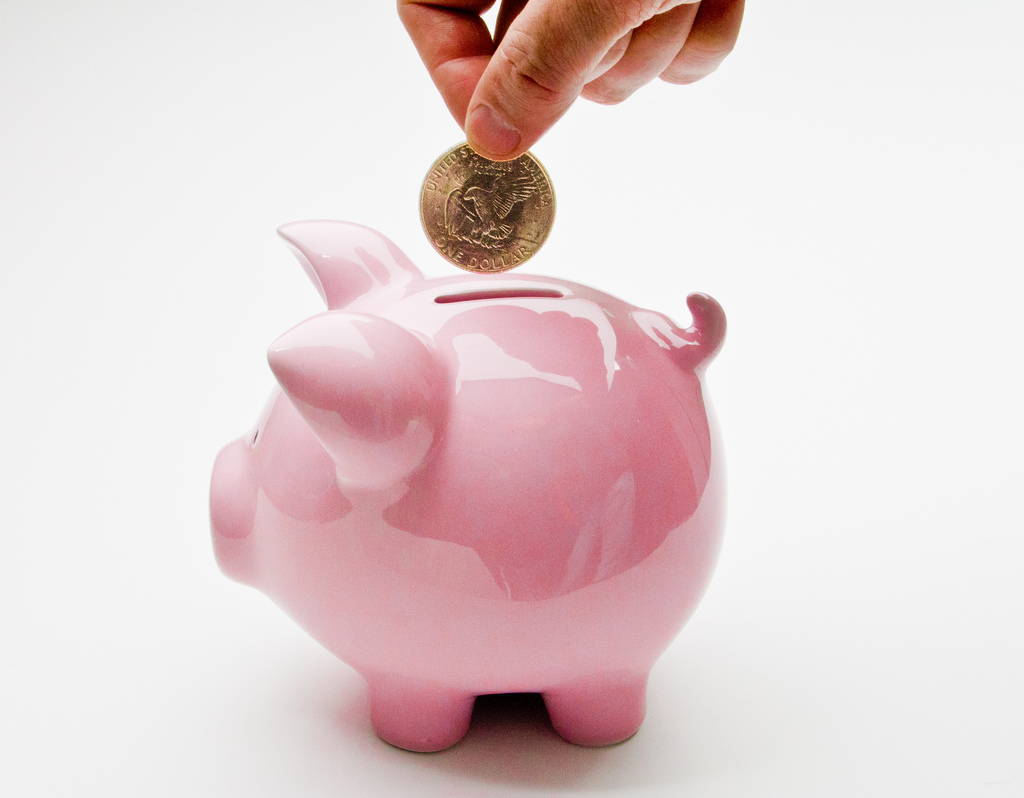
Learning how to prep might seem daunting at first, especially considering how much of an investment it can be, but you can start prepping even with a meager budget. Furthermore, you can rest assured that when SHTF, your investment will certainly pay off in the long run. If you are a novice prepper, you can get yourself started with these 10 survival items that won't cost your more than 10 dollars each. (h/t to SurvivalSullivan.com)
This guide might be enough to get you started on prepping, but if you plan to try your hand at long-term prepping, you will need to start developing better money habits. (Related: How to prep even if you don’t have a lot of money to spare.)
Duct tape
If anything needs to be held together or kept in place, a simple roll of duct tape can most likely get the job done. It is useful for all types of improvised repairs and attachments. If you are injured, you can even use duct tape to hold bandages in place. Try to find a brand that is weather resistant, adequately sticky, and has a thick, durable fabric backing. If you find a large roll of duct tape to be too bulky to bring in your bug out bag, you can always unroll it and wrap it around a flashlight, a water bottle, or some other useful cylindrical object.
Lighter
While relying on a lighter should be no excuse not to learn the bushcraft skill of fire-making, having your own lighter is still one of the most convenient ways you can start a fire. Disposable butane Bic lighters are durable, affordable, and extremely compact. Since they can cost only around a dollar or two, you can buy them in bulk to save money. This way, you can have a lighter almost anywhere you go, whether you're at work, at home, in your car, or anywhere else you would likely frequent.
Tinder
Now that you have a lighter, all you need to start your fire is some highly combustible material. Tinder should be compact and as easy to carry around as your lighter. Some materials you can use for tinder include dryer lint, cotton balls, magnesium, and even store-bought commercial pellets.
Chemlights
Chemlights are more industrial versions of the little glow sticks and glow in the dark bracelets you can at party stores. Also called snaplights, they make for a convenient and safe source of light that doesn't require electricity or fuel. All you have to do is bend or snap the plastic tube to get a chemical reaction that can provide light for hours on end. Some brands can last longer than others and they can vary in levels of brightness. It is recommended that you get your chemlights at a hardware store, rather than at a party store.
First aid kit
This should require no explanation. When SHTF, you should be ready to treat all sorts of injuries. Even a basic first aid kit should contain bandages, gauze pads, tweezers, ointments, disinfectants and medication for minor ailments.
550 Paracord
The 550 paracord should be your go-to survival item for all your cordage needs. Its deceptively thin and compact appearance should not be underestimated. A genuine length of 550 paracord should be able to hold 550 lbs of weight. Its versatile and multiple uses include building shelters, pulling objects out of a hole, dragging heavy items back to camp, fishing, trapping, and lashing, binding, and tying things together. Since it is so thin, you can even weave it into bracelets, necklaces and key chains, so that you can easily bring it with you anywhere.
Pocket knife
A decent pocket knife should serve you well if you need to cut anything open or if you have to defend yourself. Opinel folding knives are razor sharp, ultra light, and are available within the 10 dollar price range.
Multi-tool
Multi-tools are an underrated asset that all preppers and non-preppers should have. They often include bottle openers, screwdrivers, blades, wire strippers, pry bars, and other compact tools. A classic Swiss army knife should be more than enough to carry around everyday.
Mini-compass
Even a tiny clip-on compass can be vital for navigation. If you have even a faint idea of where you need to go, you can significantly decrease your chances of getting lost.
Bandana
A basic bandana can be used for padding, cooling down, drying off, and protection against the sun and airborne particulates. You can even use it as a rudimentary bandage.
If you want to learn more about prepping while on a budget, you can read more articles by going to Preparedness.news.
Sources include:
Please contact us for more information.















